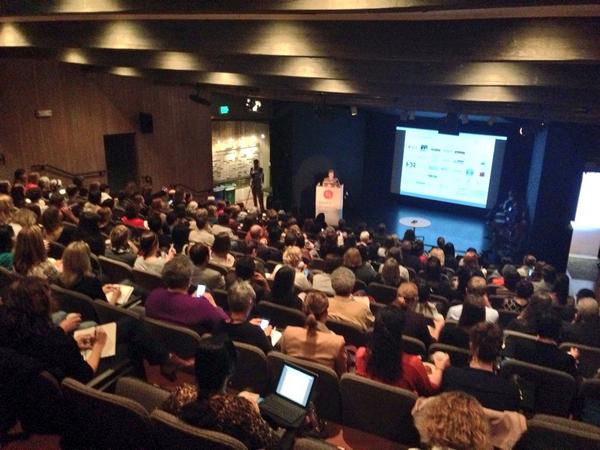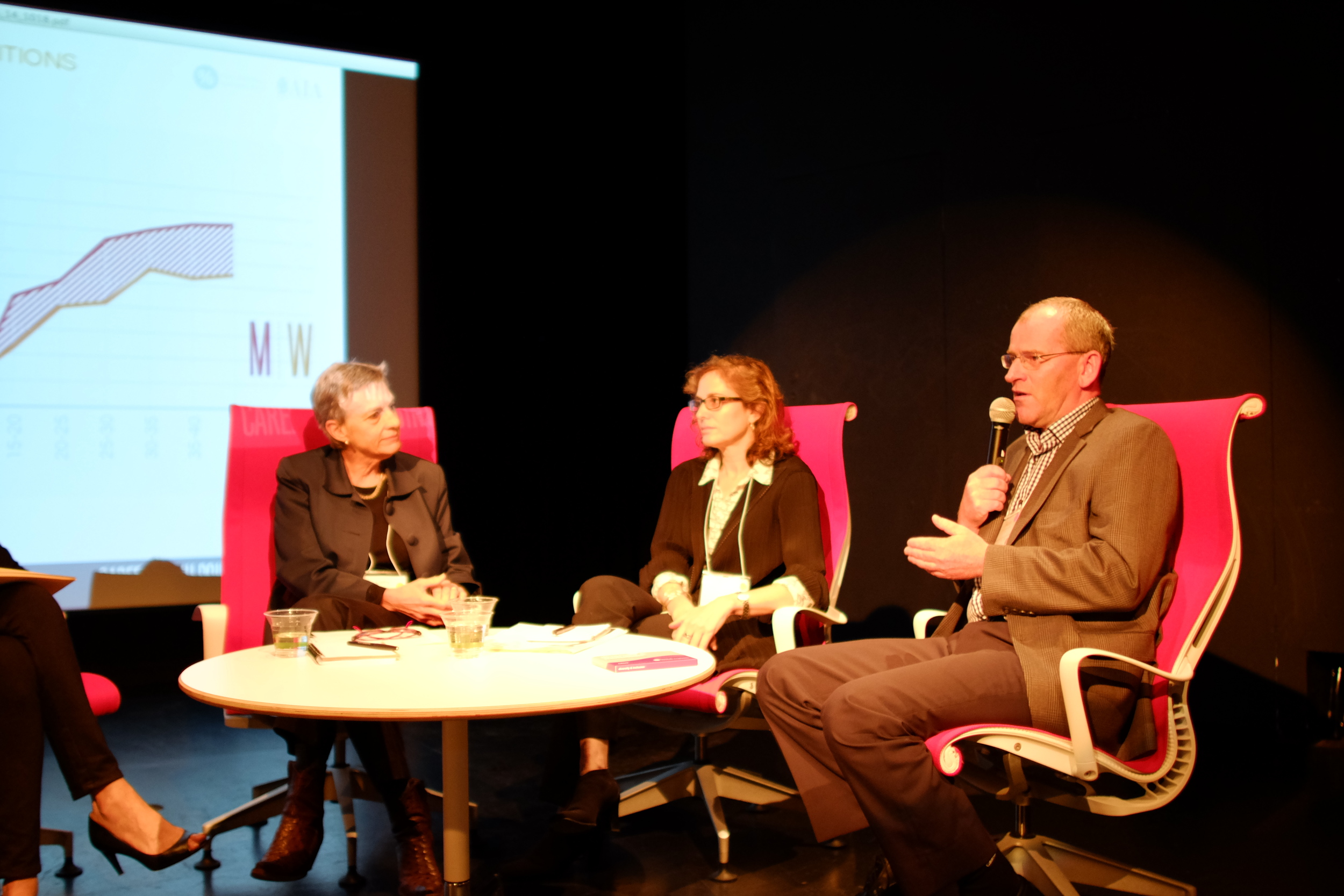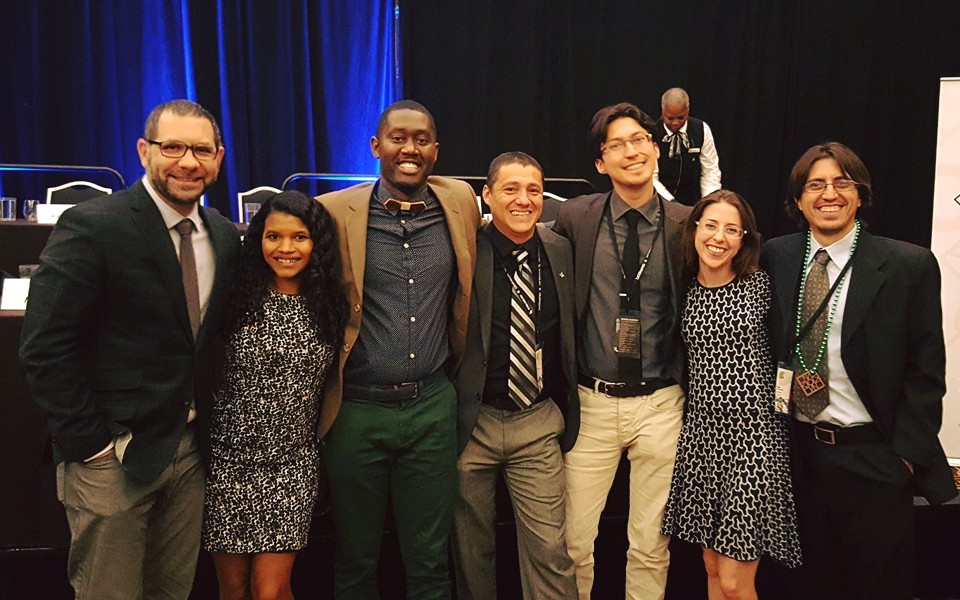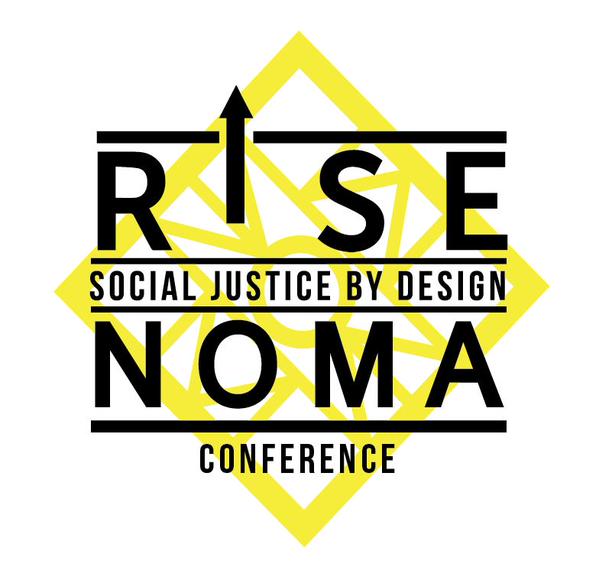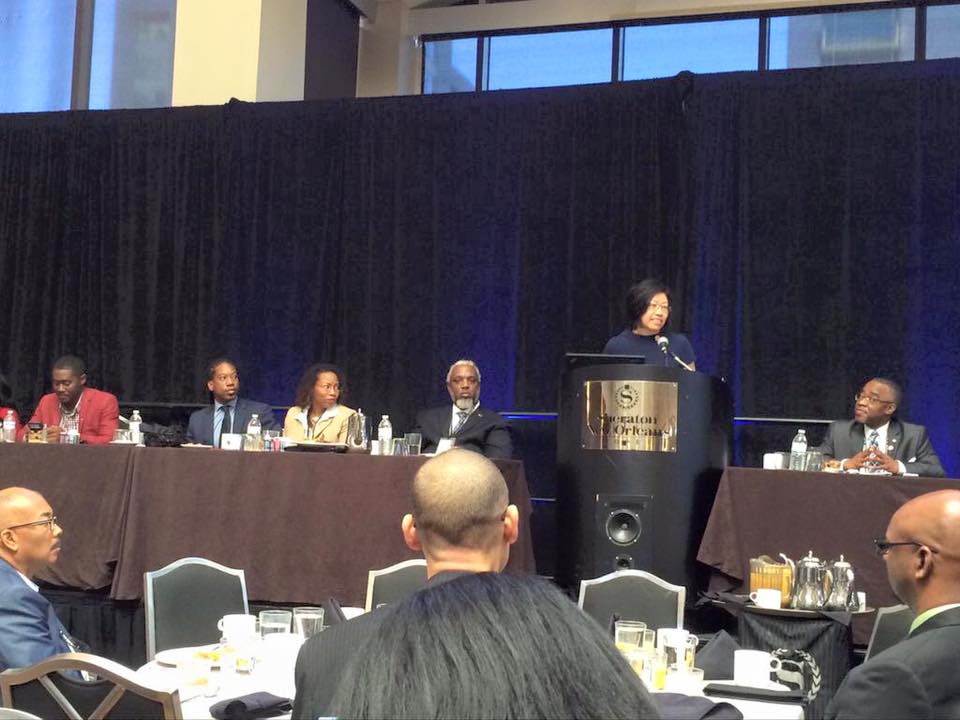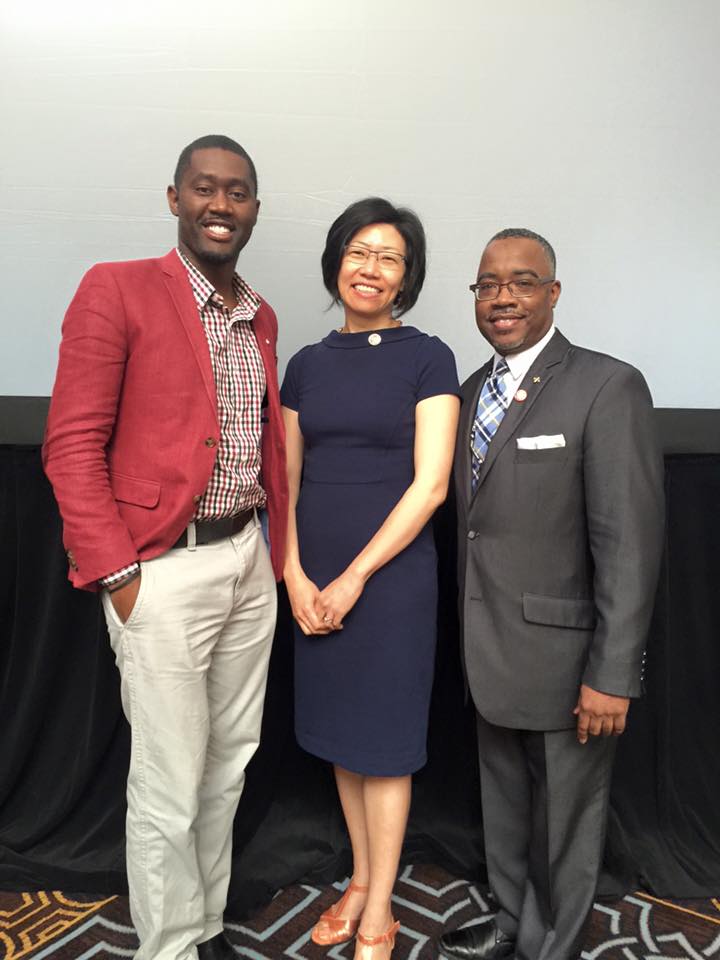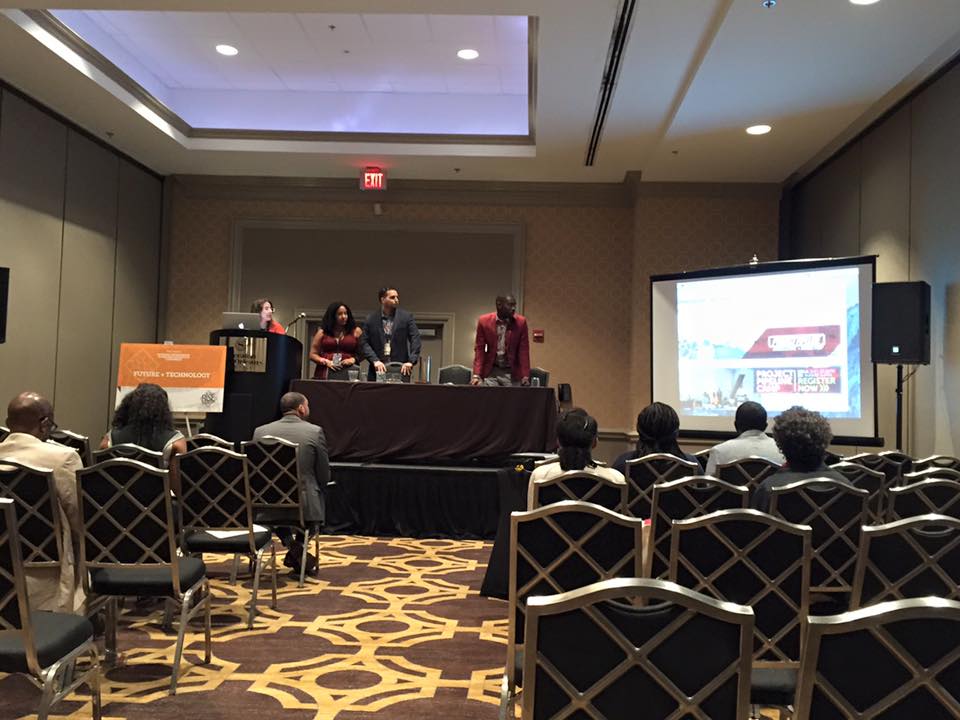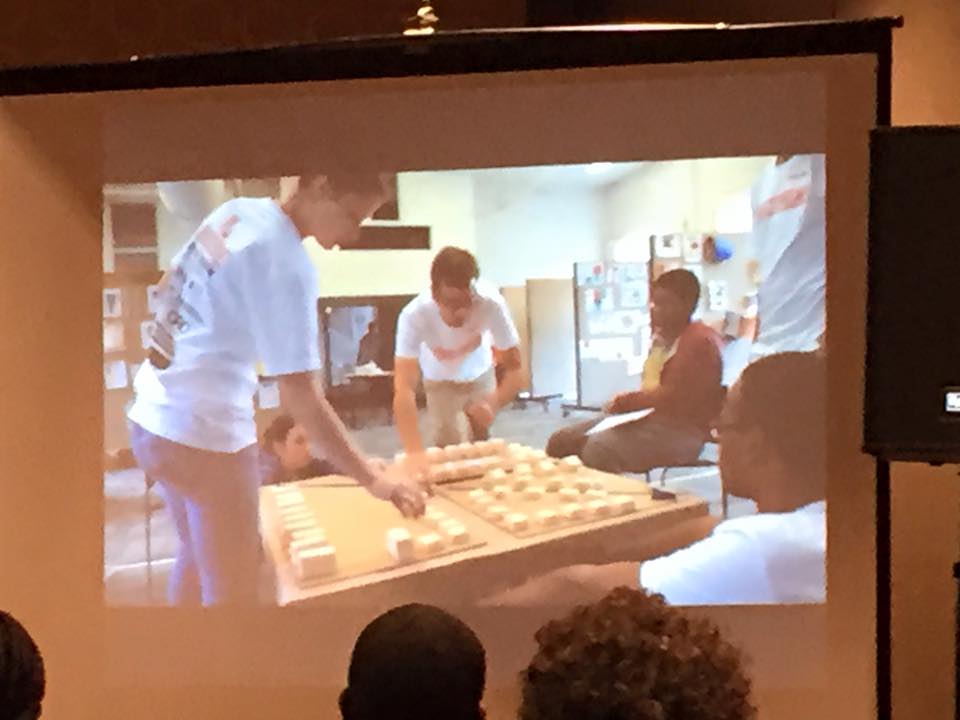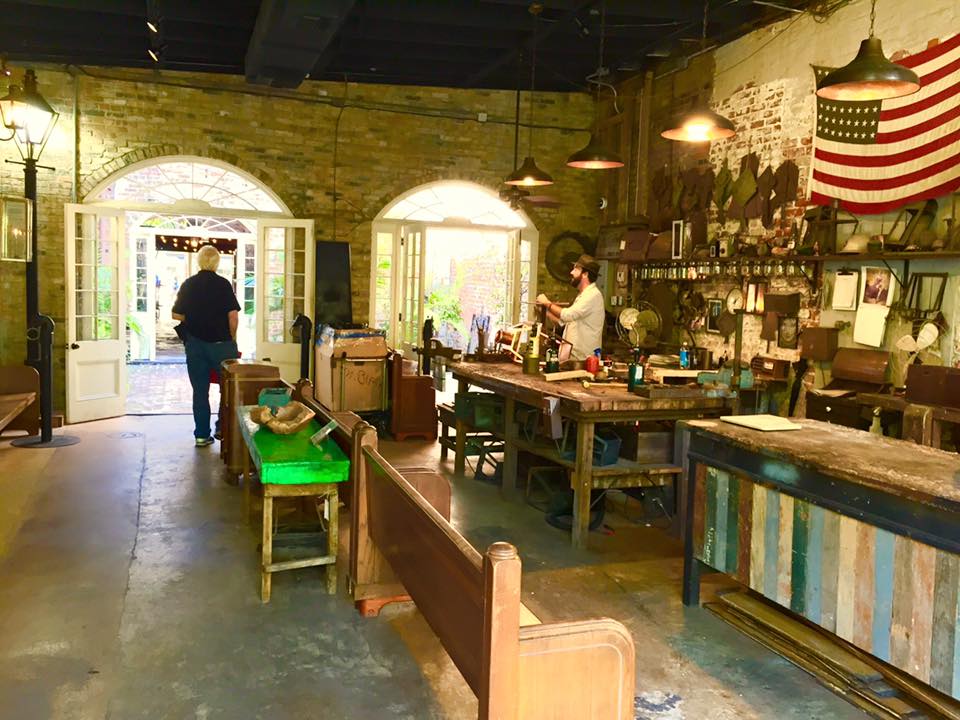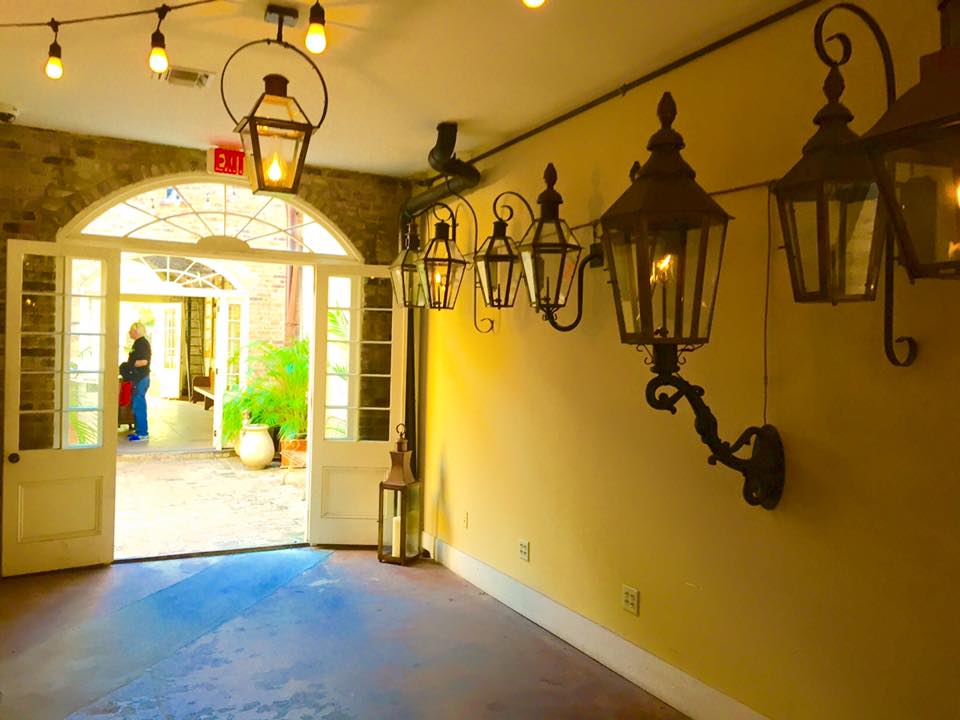“Thought Leader (noun) - one whose views on a subject are taken to be influential and impactful.”
CALL FOR THOUGHT LEADERS
AIASF Equity by Design Committee invites you to contribute as a Thought Leader for the 2016 Symposium EQUITY BY DESIGN: METRICS, MEANING AND MATRICES on Saturday, October 29, 2016 from 9am - 4:30pm at the San Francisco Art Institute.
Photo by Daniel Wang
Starting Monday, June 6th we will be seeking Thought Leaders to participate in the Symposium sessions which range from panel discussions of key findings from the Equity in Architecture survey to interactive break-out sessions geared toward action-oriented outcomes. We are looking for dynamic, collaborative, articulate thinkers with a unique perspective on the spectrum of topics involved with achieving equitable practice. Once selected, we will collaborate with thought leaders on developing topic sessions that are highly engaging in discussion and inspiring in actionable outcomes.
Why Equity in Architecture Matters
Equity is the ethos of our work. It is the ability to recognize difference and provide fair and just access to opportunities. Equity also speaks to a collective ownership, vested interest and knowledge of our worth. Equitable practice promotes the recruitment and retention of the most diverse talent while building stronger, successful, sustainable practices. The equitable representation of professionals allows us to better represent the people we are meant to serve. Equity is for everyone - architects, design collaborators, clients, and our communities.
ABOUT THE EVENT
This year’s Symposium theme, EQUITY BY DESIGN: METRICS, MEANING AND MATRICES builds upon the last five years of advocacy and sets an exciting path for the next chapter of our journey towards equity in architecture.
We must leverage metrics to make any substantial progress towards changing the ratios in our profession. We seek meaning at many levels: in the discovery of significance in one’s career, in the personal connections we make with others, and in our own reflection upon research findings that can positively transform workplace culture. We create matrices to inspire a new mindset for advocacy and action. These generative networks of connections enable us to become originators of new approaches and constructs.
At the Symposium we will present the early findings of the 2016 Equity in Architecture Survey through a series of panel discussions. Interspersed among these sessions, we have designed a series of diverse and interactive break-out workshops that encourage participants to engage in meaningful dialogue about their career experiences. Most importantly, we will experience the power and impact of action by learning and applying matrices as individuals, firms and in our professional networks.
SESSION TOPIC AREAS
MORNING SESSIONS: CAREER DYNAMICS
Our research has shown that, regardless of age or level of experience, both men’s and women’s perspectives on their careers are shaped by ways in which individuals and firms, address several key issues, or career dynamics. Each of these career dynamics has the potential to cause unwelcome professional and personal tension. On the other hand, awareness and discussion of each of these career dynamics can begin to meet individual needs and build diverse firms where talented individuals love to work.
Metrics: Career Dynamics
In the Metrics Presentation, the EQxD survey team will reveal and discuss our research on the following Career Dynamic
FINDING THE RIGHT FIT - What is “job-person fit,” or a successful match between an individual and a firm, and how do we recognize it when we see it? What strategies can individuals employ to assess personal priorities, and identify working environments where they will thrive? How can firms and individuals work together to create equitable studio culture?
BURNOUT/ENGAGEMENT -. What are burnout and engagement, and how are they related? Why is promoting engagement important to a firm’s bottom line? Who is particularly vulnerable to burnout, and what are the warning signs? What are firms doing successfully to foster engagement and avoid burnout?
PROFESSIONAL DEVELOPMENT - What are the most effective ways that firms are preparing employees for career success? What role do mentorship and sponsorship play in promoting equity in the workplace? How do individuals assess their strengths and set goals for their futures, and are there gendered differences in self-assessment?
WORK-LIFE INTEGRATION - Why are many professionals more likely to let their personal health and relationships suffer while also suppressing their other professional passions? What can firms and individuals do differently to encourage a thriving integration among professional practice, wellness and meaningful work?
BEYOND ARCHITECTURE - How common is it to take an extended leave, sabbatical, or extended time away from a job in architecture? Why do people leave architecture, and what do they go on to do after leaving the field? What measures can firms take to smooth transitions back into architectural practice for those who would like to re-enter the field?
Metrics: Panel Discussion
Following the Career Dynamics Metrics Presentation, we are seeking panelists to discuss the findings by addressing themes from the presentation. For this panel, we seek Thought Leaders with general knowledge of Career Dynamics topic areas mentioned above, as well as unique perspectives on one, or several of the Career Dynamics.
Metrics & Meaning: Break-Out Sessions
Following the morning Metrics sessions, conference attendees will select one of four Break-Out Sessions. Each of these sessions focus on a topic related to the Career Dynamics. Potential formats for these sessions are described below. Each session will be developed and led by two Thought Leaders with the assistance of a facilitator from Equity by Design.
AFTERNOON SESSIONS: CAREER PINCH POINTS
Photo by Daniel Wang
In addition to broad career dynamics, there are a number of professional and personal milestones that can act as career pinch points. These milestones have the tendency to become roadblocks that hold have disproportionately negative impacts on women’s and minorities’ careers. In this section, we will explore key career pinch points, as well as strategies for fostering equity by increasing both men and women’s success in negotiating them.
Metrics: Career Pinch Points
In the afternoon Metrics Presentation, the EQxD survey team will reveal and discuss our research on the following Career Pinch Points:
STUDIO/ACADEMIA - Is architectural education adequately preparing aspiring architects for their careers? What knowledge areas and skill sets aren’t being sufficiently addressed in school? How can schools set precedents for equitable studio culture?
PAYING DUES - Why are aspiring architects more likely to leave the field within their first few years of experience than at any other time in their careers? What can firms and individuals do to increase engagement and long-term commitment to the profession amongst young designers?
LICENSURE - What is the value of licensure? Why are men more likely than women to pursue an architectural license? What can firms do to encourage employees to become licensed?
CAREGIVING - Are women and minorities more likely to suffer negative career impacts related to their caregiving responsibilities? What are firms doing successfully to support working caregivers?
GLASS CEILING - Why, when the talent pipeline is more diverse than ever before, do white men continue to hold the majority of firm, design, and thought leadership positions within the industry? Why is there still a gender pay gap within architecture, and what can we do to address it? What can individuals, firms, and institutions do to promote the advancement of the industry’s best talent?
Metrics: Panel Discussion
Following the Career Pinch Points Metrics Presentation, we are seeking panelists to discuss the findings by addressing themes from the presentation. For this panel, we seek Thought Leaders with general knowledge of Career Pinch Points topic areas mentioned above, as well as unique perspectives on one, or several of the Career Pinch Points.
Metrics & Meaning: Break-Out Sessions
Following the afternoon metrics sessions, conference attendees will select one of four Break-Out Sessions. Each of these sessions focus on a topic related to a Career Pinch Point. Potential formats for these sessions are described below. Each session will be developed and led by two Thought Leaders with the assistance of a facilitator from Equity by Design.
SESSION FORMATS
All sessions will be developed collaboratively with other Thought Leaders, session facilitators, and Symposium organizers. Once you are selected as a Thought Leader you will be paired with a facilitator and other Thought Leaders to develop a session that fits within a particular topic category.
General sessions will have a panel discussion format. Break-out sessions will fit one of the following typologies:
THINK TANK - Focus on design-thinking exercises to develop creative solutions and new ideas to solve topic-specific problems. Very interactive***
STORYTELLING - Sharing stories and experiences on topic-related theme. Storytellers can be a mix of Thought Leaders and session participants. Moderately Interactive***
EQUITABLE PRACTICE IN ACTION - Presentation of case studies in practice, including lessons learned, followed by feedback discussion. Moderately Interactive***
SKILL-SHARE - Learning-focused skill-building clinic, potentially with a role-playing component. (Examples - Negotiation, Dealing w/ Bias or Interruptions, or other challenging scenarios.) Moderatelyl Interactive***
*** The interactivity of various session types can be adjusted depending on the other sessions offered. For example, if the Skill-Share is more active it can be paired with a more static Equitable Practice in Action session.
SUBMITTAL AND ACCEPTANCE
To be considered as an EQUITY BY DESIGN 2016 Thought Leader, you must submit your application to the AIASF by June 24, 2016.
If accepted as a Thought Leader for EQUITY BY DESIGN 2016 you will agree to adhere to the following milestone deadlines for session development and attend at least 4 preparation meetings, preferably in person.
SESSION DEVELOPMENT MILESTONES
Call for Thought Leaders Deadline: June 24, 2016
Thought Leaders selected and notified: July 15, 2016
Break-out Session proposed topic options (3) due: August 15, 2016
Collaboration w/ Facilitator & Other Thought Leaders for brief descriptions of 3 potential session designs including subject focus and format.
Metrics Panel Discussions initial meetings: Early August
Final Break-Out Session Brief due: Aug 25, 2016
Brief session description for conference schedule.
Preparation Meeting/Call I: Early September
Content development (outline of each session) and practice, required for every session.
Technical/spatial/furniture/toolkit (markers, flip charts, voting dots, etc.) requirements.
Preparation Meeting/Call II: Late September
Content development (outline and activities) and practice, required for every session.
Preparation Meeting/Call III: Early October
Content development (outline, time duration, leaders) and practice, required for every session
IMPORTANT INFO
THOUGHT LEADER PROPOSALS WILL BE ACCEPTED ONLINE ONLY BETWEEN JUNE 6 thru JUNE 24, 2016.
THOUGHT LEADER PROPOSALS MUST BE SUBMITTED BY JUNE 24, 2016 by 5PM PST.
ONLINE SUBMISSION INSTRUCTIONS (SUBMISSIONS START ON MONDAY JUNE 6, 2016):
Visit aiasf.me/aiasfEQXD (this link is case sensitive) to access the presentation submission site.
Create a new account with the user name and password of your choice.
Click the CREATE NEW button at the bottom of the Form Thought Leader page to begin your submission.
Identify a primary contact person and email address for your entry.
Click NEXT or the SUBMISSION tab to move to the presentation segment of your submission. Complete all required fields and click SAVE.
You are still able to review and edit submission at this time. Be sure to click the FINALIZE button when you are finished editing your presentation, or your session will not be reviewed.
You may click SAVE during any part of the submission process and return to your submission at a later time. You will need your user name and password from step 2 to return to your account and continue.
Once you have submitted your application, no additional changes can be made, so please review all information carefully prior to submission.
FAQ's
Is there compensation for Thought Leaders?
Selected Thought Leaders will be offered free conference registration for their participation.
There will be no honorarium compensation or travel/hotel expenses reimbursed for Selected Thought Leaders.
What happens after Thought Leaders are selected?
Once selected, Thought Leaders will be coordinated by a facilitator on finalizing session topic, format and content. Participation and preparation are important to the success and impact of the session. Please think carefully about your time and availability to contribute to this unique and rewarding experience.
MORE QUESTIONS
If you have any questions regarding the Symposium, please contact Julia Mandell, EQxD Symposium Chair, by calling + 1 281 687 2582 or by sending an email to julia.v.mandell@gmail.com.
If you have any questions regarding technical support for submitting your application for Thought Leaders, please contact rcohn@aiasf.org
Courtesy of QAspire.com Tanmay Vora

